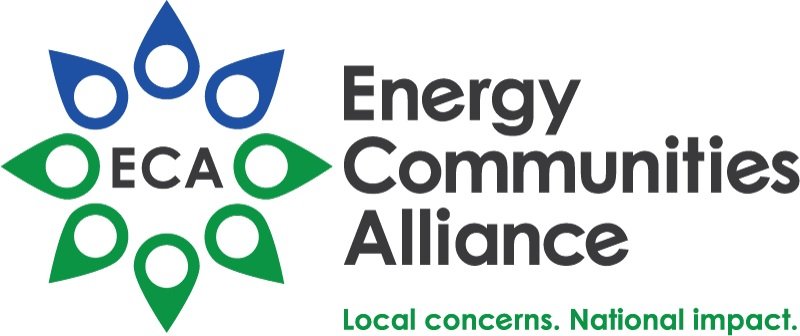DOE announces 2,000 gallons of Hanford tank waste may be disposed of as low-level waste
Aligns with recommendations in recent ECA report
Last week, the Department of Energy (DOE) announced that 2,000 gallons of tank waste from the proposed Test Bed Initiative (TBI) Demonstration at the Hanford Site may be managed as low-level radioactive waste (LLW), and not high-level waste (HLW).
The Notice of Availability of the Final Waste Incidental To Reprocessing (WIR) Evaluation for the TBI Demonstration and WIR Determination, published in the Federal Register, aligns with recommendations from ECA’s recent report Disposal Drives Cleanup: Re-energizing Momentum for Disposal Solutions for Radioactive Waste.
“DOE should commit to fully examine what tank waste could be disposed of at a licensed, commercial disposal facility,” the report states.
DOE currently stores radioactive waste in underground tanks at the Hanford Site in the State of Washington. The waste was generated, in part, by the prior reprocessing of spent nuclear fuel for defense-related activities during the Manhattan Project and Cold War eras. Hanford’s current mission focuses on the cleanup and remediation of those wastes and ultimate closure of the site.
As part of that mission, DOE is retrieving waste from the Hanford tanks, separating the low-activity waste (LAW) from other waste in the Hanford tanks and vitrifying (immobilizing in a glass matrix) some of the LAW. DOE has not selected a supplemental treatment method for the remaining LAW in the Hanford tanks. The proposed TBI Demonstration would exhibit a potential supplemental LAW treatment approach.
The Final WIR Evaluation concerns approximately 2,000 gallons of waste from Hanford Tank SY–101, which, under the proposed TBI Demonstration, will be pretreated at Hanford to remove most key radionuclides, then treated and solidified (grouted) at an offsite permitted commercial facility and disposed of at a licensed and permitted mixed low-level radioactive waste disposal facility outside the State of Washington. Previously, DOE conducted a proof-of-concept demonstration using three gallons of Hanford tank waste and a slightly modified technology.
As noted in Disposal Drives Cleanup, the greatest impact to Hanford’s cleanup program would come from implementing the HLW interpretation – assessing waste based off of its radiological characteristics rather than its source.
“ECA calls on DOE and Congress to implement a project to pilot the use of the HLW interpretation at Hanford,” the report states. “This pilot would combine the successful elements and implementation of the HLW interpretation at [the Savannah River Site (SRS)], the Hanford test bed initiative, and the tank-side treatment capability at SRS and Hanford...which could have significant benefits to DOE and the local communities.”
The report goes on to describe said benefits, noting that “expanding implementation can solidify DOE’s commitment to state and local communities to move radioactive material out of the generator state while reducing costs, expediting cleanup activities, and allowing DOE to focus sooner on other high-priority cleanup projects, ultimately reducing higher risks across the complex.”
Implementation of the proposed offsite treatment and offsite disposal is contingent upon completion of analysis and issuance of a decision document as required by the National Environmental Policy Act of 1969, as amended.
DOE consulted with the Nuclear Regulatory Commission and received comments from States, Tribal Nations, stakeholders, and the public. DOE prepared the Final WIR Evaluation after careful consideration of NRC consultative advice and comments received.
Additional information about the Final WIR Evaluation may be found here.
